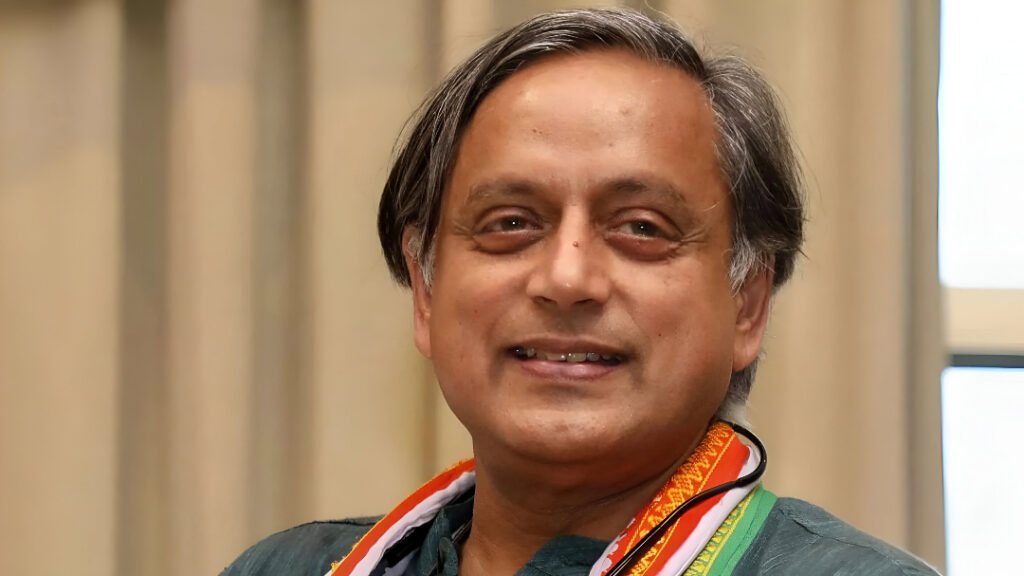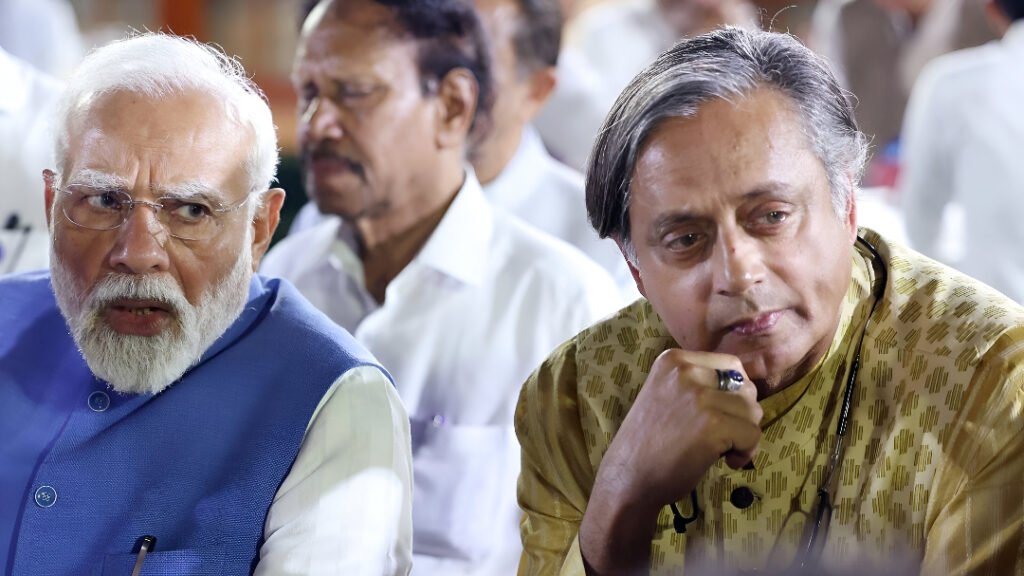
The recent announcement by former US President Donald Trump of a sweeping 25% tariff on India and other additional penalties specifically targeting trade with India has sent shock waves through New Delhi’s economic and political circles. As lawmakers, exporters, and analysts tried to measure the damage, Shashi Tharoor, Congress MP, issued a blunt alert remarking that such extreme measures of tariff would tend to ‘annihilate’ India’s trade with the US. The saga has played out amid stalled trade negotiations, economic chaos at the global level, and renewed discussions on the application of the World Trade Organization’s overarching authority to unilateral actions.
The tariff shock: Trump’s justification and India’s exposure.
On July 30, Donald Trump proclaimed on his Truth Social platform that ‘India will pay a tariff of 25%, plus a penalty for buying energy and arms from Russia, starting on August 1. Trump has also mocked Indian tariffs, calling them ‘far too high, among the highest in the world,’ and has also justified his move by talking about ‘obnoxious non-monetary trade barriers. The final figure for the penalty remains unknown; however, it has been speculated that it could be anywhere between 45% and 100% for some goods.
This unwelcome increase is likely to affect almost all Indian exports to the US, which are projected to cross $129 billion in 2024, making the US India’s largest export market. The crucial industries that are most at risk include textiles, pharmaceuticals, and gems and jewelry, with estimates that nearly 10% of India’s exports in the next quarter may be directly impacted.
Concerns for India’s Trade by Shashi Tharoor ‘Destroy’ Warning
Known for his adeptness in global politics, Shashi Tharoor did not hold back. Tharoor, while addressing the journalists, went on to say that the tariff is “a very serious matter for us” and “there’s even talk of a 100% penalty, which will destroy our trade with America.” He noted that such harsh actions are well beyond the scope of normal trade disagreements and pose a risk not just to market access but to the entire ecosystem that sustains India’s export industries.

Tharoor, like many others, called on the Indian government to remain steadfast in the negotiations. He urged against yielding to what he called “completely nonsensical” American proposals. “America has to understand our needs as well. The tariffs that we put on America are not that unreasonable—17% on average. American goods are not priced competitively enough to sell in the Indian market,” he said. Tharoor pointed out that India isn’t as reliant on exports as countries such as China, and therefore India should “be ready to walk away if a good deal is not on the table.”
Is the 25% tariff illegal under WTO rules?
This controversy raises important concerns on the governance of global trade. Some Indian leaders, including former Union Cabinet Minister P. Chidambaram, labeled the US move as “a clear violation” of WTO rules, which do not allow increases to tariffs on trade without a clear, rules-based justification. Violations of this nature stoke further mistrust in multilateral systems, which is problematic given the state of the global trade system.
The Wider Consequences: Indian Exports and the Economy, and Strategic Alternatives
The consequences of the shock from a 25% tariff increase:
Sectoral impacts: Job destruction, pricing upheaval, and disruption of supply chains in gems and jewelry, textiles, pharmaceuticals, and auto components. These are some of the industries that constitute the largest source of exports from India to the US.
Economic strain: Some economists mentioning the increasing tariffs that may invoke penalties forecast a 0.2% drag on GDP while also leading to increased volatility of the rupee and stock markets.
Competitive Disadvantage: Exporters in India would be at a greater disadvantage to their peers in Vietnam, Indonesia, and China, as the latter countries are subject to lower or more selectively applied US tariffs.
What Is Next?: Negotiation, Retaliation, and the National Interest
The Indian government, “taking all steps necessary to secure national interest,” as other government representatives have shared, does seem to favor additional rounds of negotiations; however, the political consensus is for India to not bend to unilateral pressure. Tharoor and other opposition leaders have gone as far as suggesting leaving negotiations if the US does not accept a deal that is respectful and beneficial for both countries.
Conclusion: Trade at a Crossroad
The financial stranglehold of a 25% tariff on Indian goods, alongside penalties for Russian trade relations enforced by Donald Trump, does not only pose an economic peril but also a direct affront to the fairness of trade on a global scale. Shashi Tharoor’s warning resonates: defending India’s interests is the only way to secure the rules-based trade system and the future of global exports. At a critical moment in negotiations and India’s trade with America, the next actions of negotiators in New Delhi and Washington could shape the relationship for decades.











